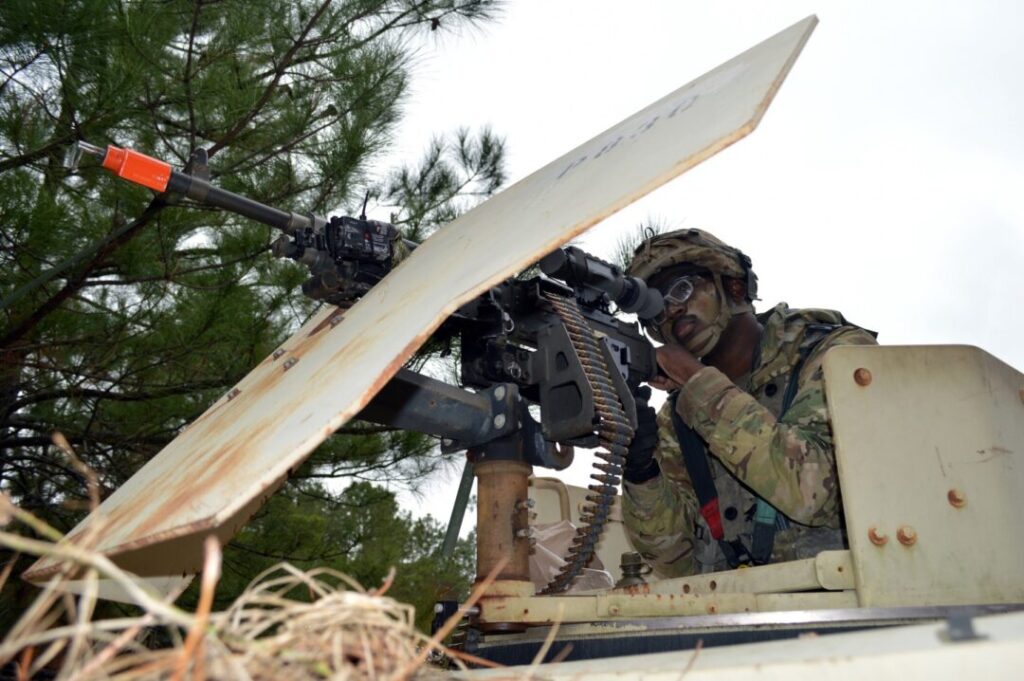Defending the Perimeters: Insights into Effective Border Security

Amidst the currents of an increasingly interconnected global era, the emergence of multifaceted security challenges has accentuated the necessity for intricate and refined border control strategies. Responding to this imperative, nations are compelled to fashion and enact sophisticated border control measures. India’s intricate geopolitical landscape amplifies the gravity of astute border security strategies. With borders that traverse diverse terrains and interact with multiple sovereign entities such as Pakistan, China, Nepal, Bhutan, Bangladesh, and Myanmar, India grapples with a distinctive blend of geopolitical intricacies, historical legacies, and regional dynamics. Additionally, the existence of transnational threats, clandestine smuggling networks, pathways for illegal immigration, and insurgent activities underscores the multi-dimensional nature of challenges confronted by India’s border security apparatus.

In addressing these intricate challenges, India has harnessed technological advancements as a pivotal aspect of its border security paradigms. The Comprehensive Integrated Border Management System (CIBMS) stands as an exemplar of India’s commitment to assimilating cutting-edge surveillance technologies. Ranging from thermal imaging systems and radar installations to aerial surveillance via aerostats, CIBMS augments situational awareness. This augmented vigilance facilitates the swift identification and response to potential threats, thus fortifying the nation’s perimeters. The CIBMS is not only a manifestation of India’s technological prowess but also a proactive approach to managing the diverse terrains that form its borders. The integration of state-of-the-art surveillance technologies like thermal imagers, radar systems, and unattended ground sensors highlights India’s dedication to ensuring that no region remains impervious to vigilant monitoring.
Furthermore, strategic deployments and military readiness constitute a critical facet of India’s approach to border security. Operations such as “HimVijay,” directed towards bolstering infrastructure along the China-India border, exemplify the significance of proactive measures in deterring impending threats. The Indian armed forces assume a pivotal role in assuring border security, particularly in regions where cross-border tensions manifest. A remarkable aspect of India’s border security strategy is its emphasis on augmenting military capabilities along key border regions. The aforementioned initiative “HimVijay” and similar operations underscore India’s dedication to not only safeguarding its borders but also enhancing its capacity to respond swiftly and effectively to emerging challenges.
Diplomacy also emerges as a cornerstone of India’s approach to border security. The Land Boundary Agreement, the agreement which had facilitated transfer of 111 enclaves from India to Bangladesh and 51 enclaves from Bangladesh to India, serves as an embodiment of how diplomatic engagements can lead to the amicable resolution of border disputes, fostering regional security and harmonious coexistence. These initiatives underscore the instrumental role of diplomacy in forestalling conflicts and nurturing stability along borders. India’s diplomatic efforts extend beyond mere rhetoric. The Land Boundary Agreement exemplifies a practical manifestation of cooperative diplomacy, contributing not only to the resolution of border issues but also to the promotion of mutual understanding and stability in the region.
India’s endeavours transcend conventional security measures, encompassing socioeconomic initiatives aimed at mitigating vulnerabilities in border regions. Programs like the Border Area Development Program channel efforts into infrastructure enhancement and skill enrichment. This programme had aimed at meeting special developmental needs and well-being of the people living in remote and inaccessible areas near the international boundary. The plan had been put into place in the western border states with the intention of creating the infrastructure needed to make Border Security Force (BSF) deployment easier. However, the program’s scope was expanded to cover socio-economic factors like education, health, agriculture, and other related industries. The Eastern States, which share a border with Bangladesh, had been included to the coverage during the ninth Five Year Plan. This holistic endeavour augments both security and economic prosperity. The Border Area Development Program highlights India’s comprehensive approach, recognizing that border security isn’t limited to military and technological measures alone. By addressing socioeconomic disparities in border regions, India fosters a sense of belonging among communities, thereby reducing potential sources of unrest. Furthermore, by delving into specific border regions, such as Jammu and Kashmir, the Northeast, and zones adjacent to Nepal and Bangladesh, tangible insights into the ramifications of India’s border security strategies emerge. These instances illuminate the confluence of geopolitical dynamics, technological innovation, and localized challenges, thereby accentuating the contextual nuances inherent in border security. A nuanced understanding of regional contexts is crucial for effective border security. India’s approach recognizes that each border region presents unique challenges and requires tailored strategies, as exemplified by the specific case studies explored.
Hence, in a world characterized by fluid transformations and evolving security dynamics, the imperative to meticulously secure borders remains indelible. India’s approach to border security encompasses technological prowess, strategic sagacity, diplomatic acumen, socioeconomic engagement, and adaptive methodologies. The instances highlighted in this article epitomize India’s dedication to safeguarding its perimeters while fostering regional stability and global security.


Leave a Reply